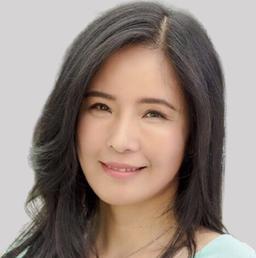Jian Zhen in the TCM System: Powerhouse for Shoulder Health
First mentioned in the classic text “Su Wen” (“Basic Questions”), specifically in the chapter on qi and blood, Jian Zhen plays a crucial role in acupuncture for enhancing upper body mobility. Jian Zhen is located on the Small Intestine meridian, an energy pathway that runs from the pinky finger up to the head. At Jian Zhen, qi moves upward and spreads throughout the shoulder region. This makes it particularly effective in treating both localized pain and systemic disruptions.In clinical practice, Jian Zhen is especially valued for its ability to expel external pathogens such as wind, cold, or dampness that may settle in the joints and obstruct the flow of qi and blood. These blockages can lead to pain, numbness, stiffness, or muscle weakness, often without visible injury.
Clinical Research Supports Jian Zhen’s Role in Recovery
Acupuncture is gaining increasing recognition in medical literature for its role in physical recovery and joint rehabilitation. In one study, researchers compared routine acupuncture, which included Jian Zhen, with along-meridian trochar acupuncture in treating post-stroke shoulder-hand syndrome, stage one.Eighty patients received either conventional acupuncture at five points, including Jian Zhen, or the more specialized trochar method. Both groups also underwent standard rehabilitation and medication. While both showed improvement, the trochar group outperformed the control in pain reduction, upper limb function, edema, and overall daily activity scores, measured using well-validated scales such as the Barthel Index and Fugl-Meyer assessment.
How to Locate and Stimulate Jian Zhen
To locate the Jian Zhen acupoint, allow your arm to hang naturally by your side. The point is located approximately the width of your thumb above the back edge of your armpit fold, in the soft area just behind and below the shoulder joint. Stimulating this acupoint may produce a noticeable sensation of soreness or tenderness, particularly if there is stagnation or tension in the area, so it’s advisable to begin with gentle pressure and increase the intensity according to individual comfort levels.How to Stimulate Jian Zhen for Relief
- Pressure: Press firmly on the point for three to five seconds, then relax for three seconds, repeating the cycle for one to three minutes per side.
- Massage: Use gentle circular massage with your thumb for one to three minutes per side to simulate circulation in the area.
- Herbal patch: Apply an herbal patch overnight for extended stimulation.
Precautions
Avoid stimulating Jian Zhen if you have an injury, bruising, or inflamed tissue around the shoulder. Be cautious with herbal patches if your skin is sensitive or prone to reactions, especially in warmer weather.Support Your Shoulder Before You Need To
TCM states that exposure to cold drafts, seasonal transitions, or prolonged strain can open the door for pathogenic influences. Shoulder pain often appears suddenly, but the underlying stagnation may have been building for weeks or months. Incorporating Jian Zhen into your self-care routine is a simple yet effective way to keep energy moving, prevent inflammation, and maintain joint flexibility.If you value an active lifestyle and prefer proactive prevention over emergency treatment, this acupoint can be a smart addition to your wellness strategy.







